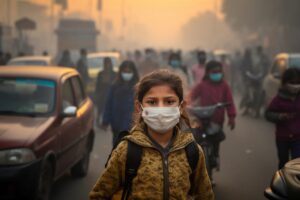KABUL (SW) – An official at the Counter-Narcotics Department in the Ministry of Interior Affairs claimed up to 1,800 hectares of poppy fields have been cleared since the beginning of the current solar year. in the last week of March.
In the last week of March, Hasibullah Ahmadi, the head of the department, stated that no one is permitted to cultivate poppy in Afghanistan and all violators will be arrested and prosecuted. He emphasized, “We are firmly committed to preventing individuals from cultivating, producing, and trafficking narcotics. Anyone who disobeys will be apprehended by the Counter-Narcotics Department and investigative agencies, and will face trial based.”
Despite efforts by the Islamic Emirate’s forces to eradicate poppy fields across Afghanistan, farmers in several provinces claim that poverty compels them to continue cultivating it. They argue that without the distribution of improved seeds and alternative crops by the de-facto government, they have no choice but to resort to poppy cultivation.
Saboor Nejrabi, a resident of Kapisa province, explained, “Economic hardship is our main issue. We have not been provided with alternative crops or any support. Our request to the government is to offer us alternative crops. If this request is not addressed, poppy cultivation will be increased day by day.”
Abdul Raouf, another farmer from Kapisa, added, “If we are given alternative crops, we can earn an honest living. Without alternatives, we are compelled to grow poppy to sustain our economy.”
Similarly, Sur Gul, a farmer in Nimruz, noted that unemployment and poverty have driven them to grow poppies. “We are forced to cultivate poppies; we have no other job. The government has not provided us with alternative crops, and there is also a lack of water; thus, we are compelled to turn to poppy cultivation.”
Officials from the Counter-Narcotics Department emphasize that efforts are underway to provide farmers with alternative crops.
Previously, the United Nations reported that the ban on poppy cultivation has cost farmers over one billion dollars in losses.






